However, I didn't want to have unsightly gauges in the car, start cutting anything about or lose the OEM oil level sensor (as it being a CSL, it doesn't have an easily accessible dip-stick.
As stated, the OEM oil temp sensor is not particularly accurate (as it works like a MAF sensor and does both the level and temperature by sending electrical current through the oil and measuring the resistance) and also does not display sufficient detail IMO. In addition, judging by the way it operates, I am surmising that the factory temperatue read-out may change with differnet oil viscosities (I know some people use thinner oils than 10w60).
With this in mind, I scoured the internet for something off the shelf and everything looked either too after-market, required modification to panels (or sacrificed vents) or had features I felt I didn’t need (as it duplicated what I already have on the IBUS part of my AVIN 4).
This meant I had to come up with my own solution and I'm fortunate enough to have some very helpful / talented people within our CSL chat group (as well as some great contacts developed over the years through my own business).
I decided that I wanted the design to look like a cross between the OEM speedo and rev-counter and work in a similar way to the rev counter lights, but the light-bars coming on instead of going out until the desired temperature ranges were reached. E46/CSL guru New Zealand Tom kindly provided the information on when the lights extinguished on the dash (the last one should go out only when the oil has reached 80°C), so that was my blue "cold" range 40-80°C (104-176°F) and then the green "normal" operating range would be 81°C to 120°C (178-248°F) and then the yellow "track use" temperature range being 121°C to 140°C (250-284°F). The “slow-the-feck-down” red” range is then anything above 141°C (286°F). Although the manual states that you should not exceed 150°C (302°F), I never really want to go that high, so decided to set the upper limit lower (especially as the OEM gauge is optimistic anyway), so at the > 141°C (286°F), the bars go red as well as flash to ensure it attracts your attention.
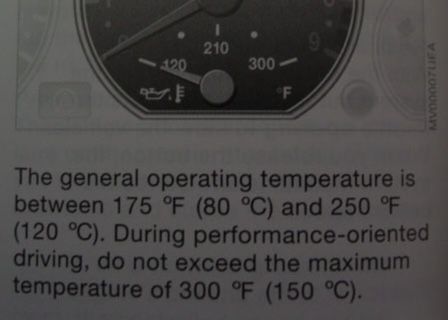
So I did some photoshopped images of the design I had in mind and over the coming weeks these were refined into the finished article you see here by a friend of mine who I’ve known for almost 30 years and his son (a talented app programmer).
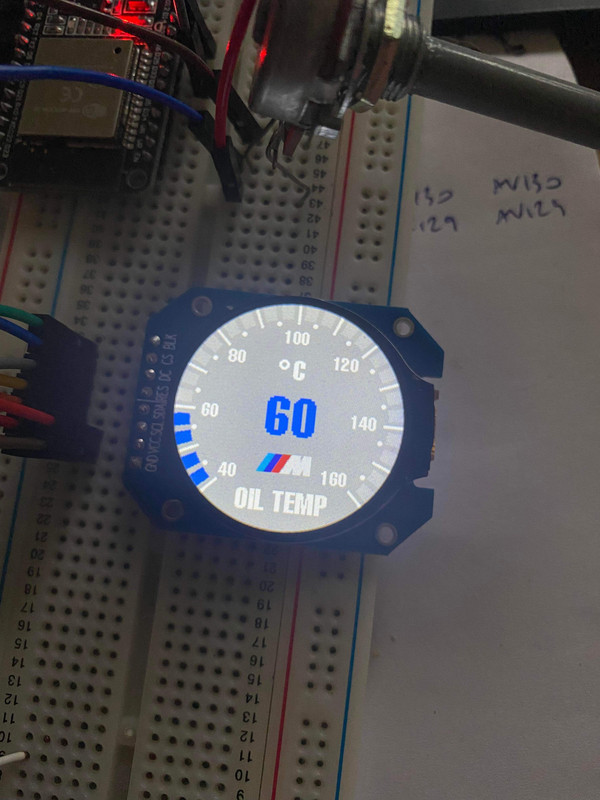
I knew exactly where I wanted it mounted, wanting somewhere that would require no modifications to trim panels and another friend came onboard and kindly offered up his talents with the 3D printing of the panel that now slides into the ashtray area (as if BMW made it), and is where all the electronics for the gauge reside.
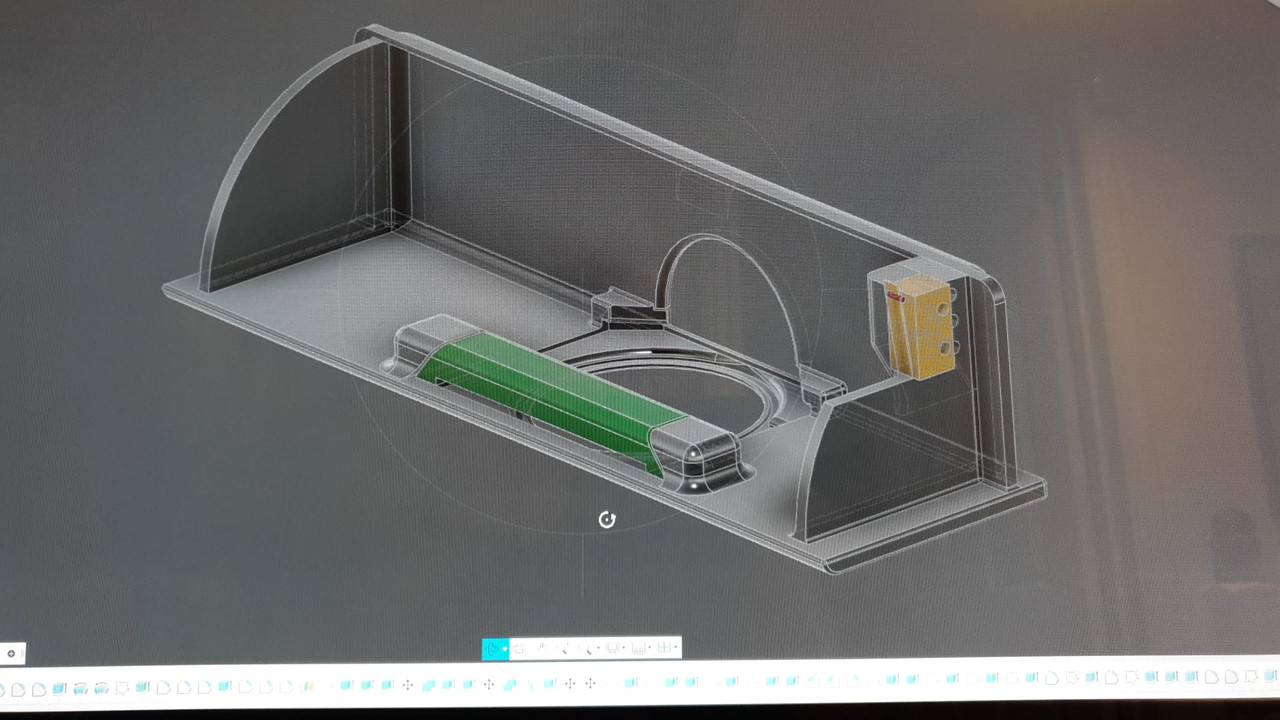
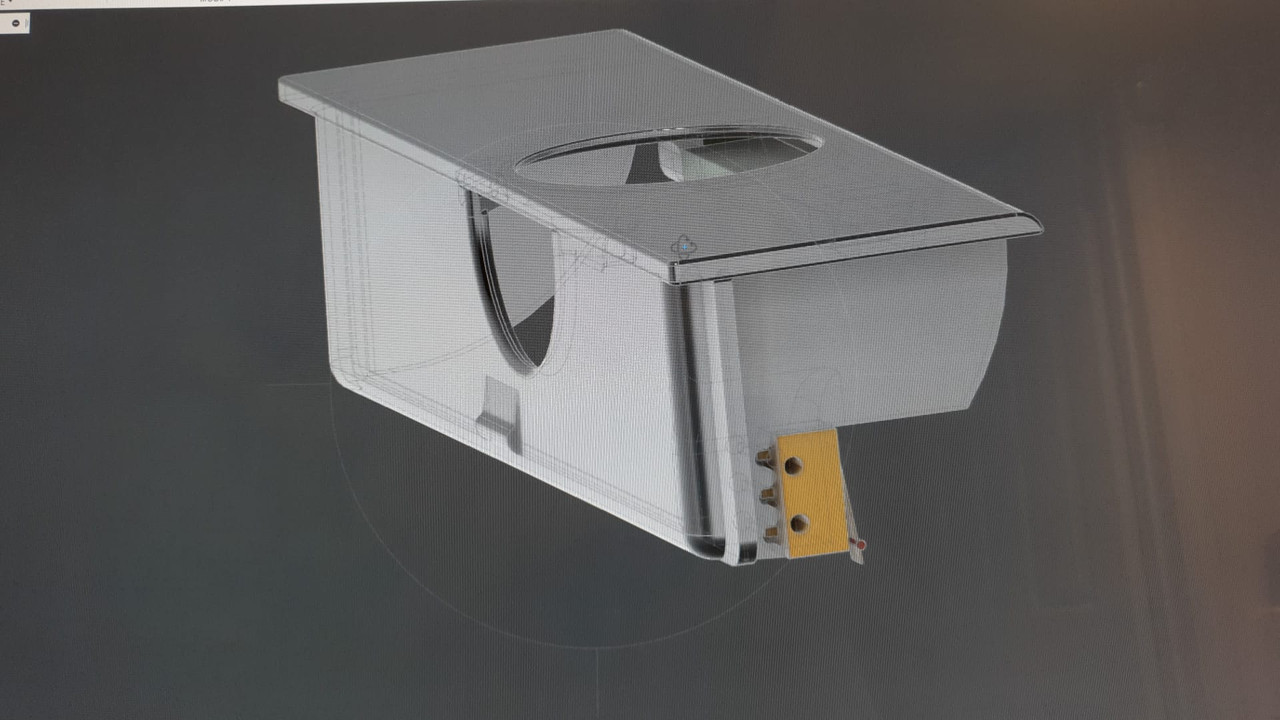
Prototyping for test fitting etc:
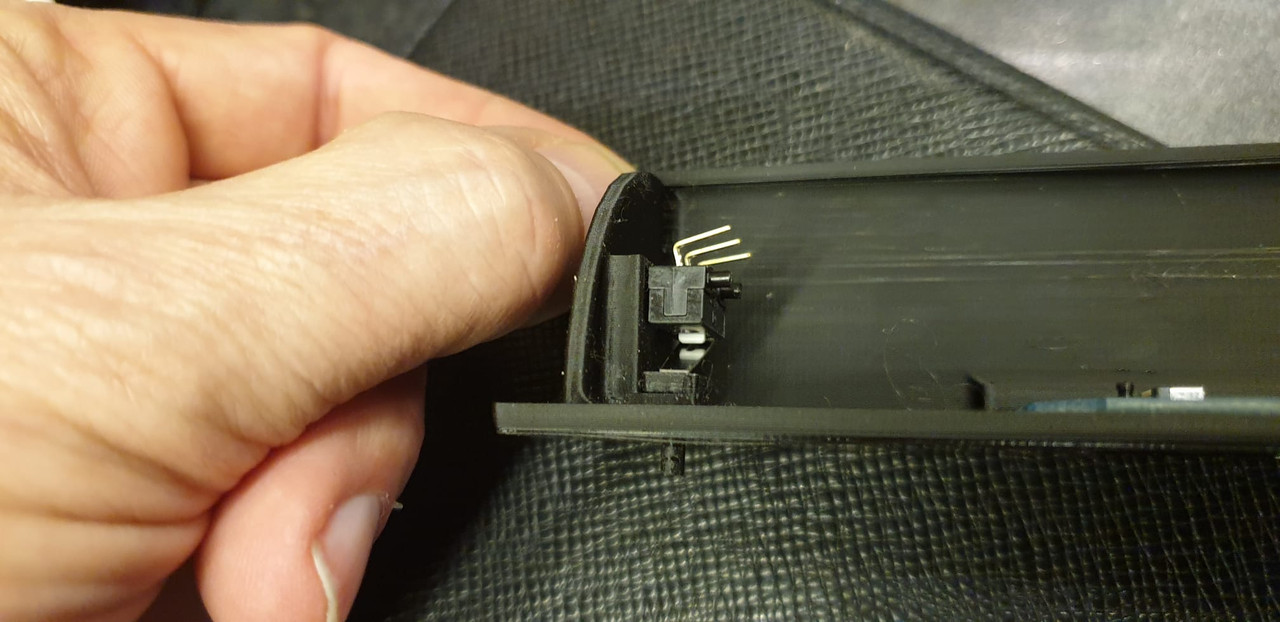
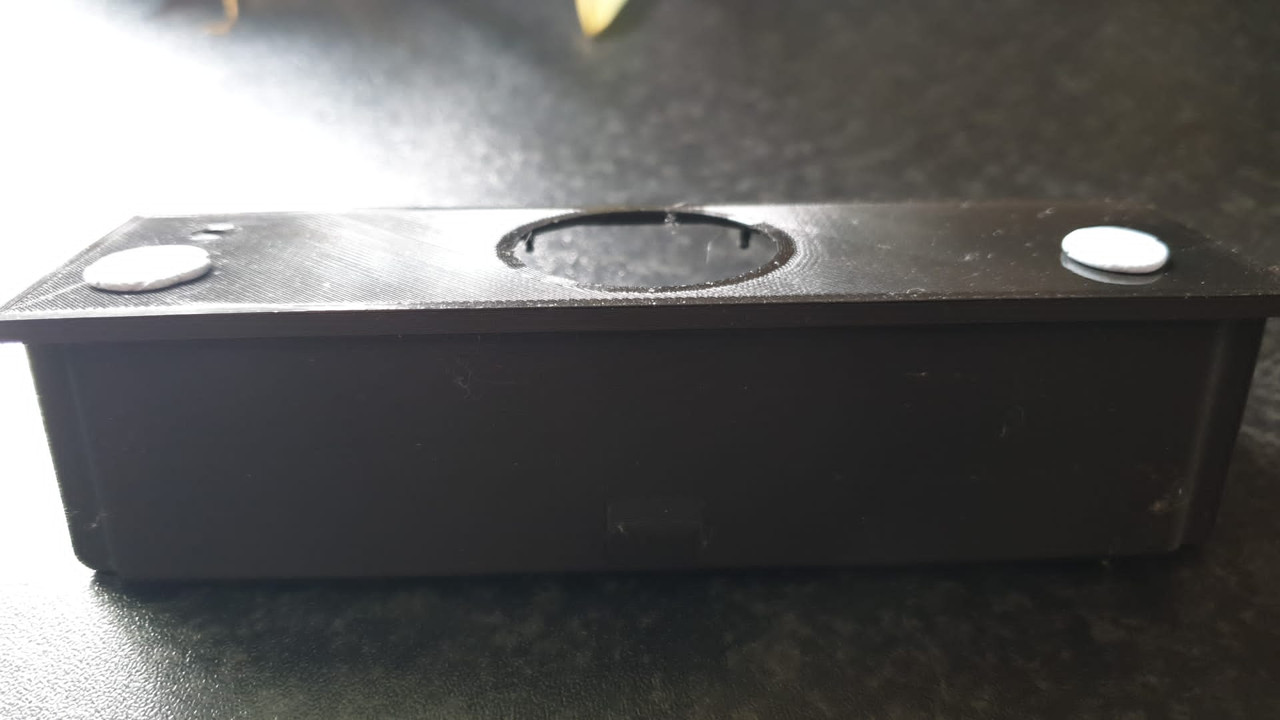
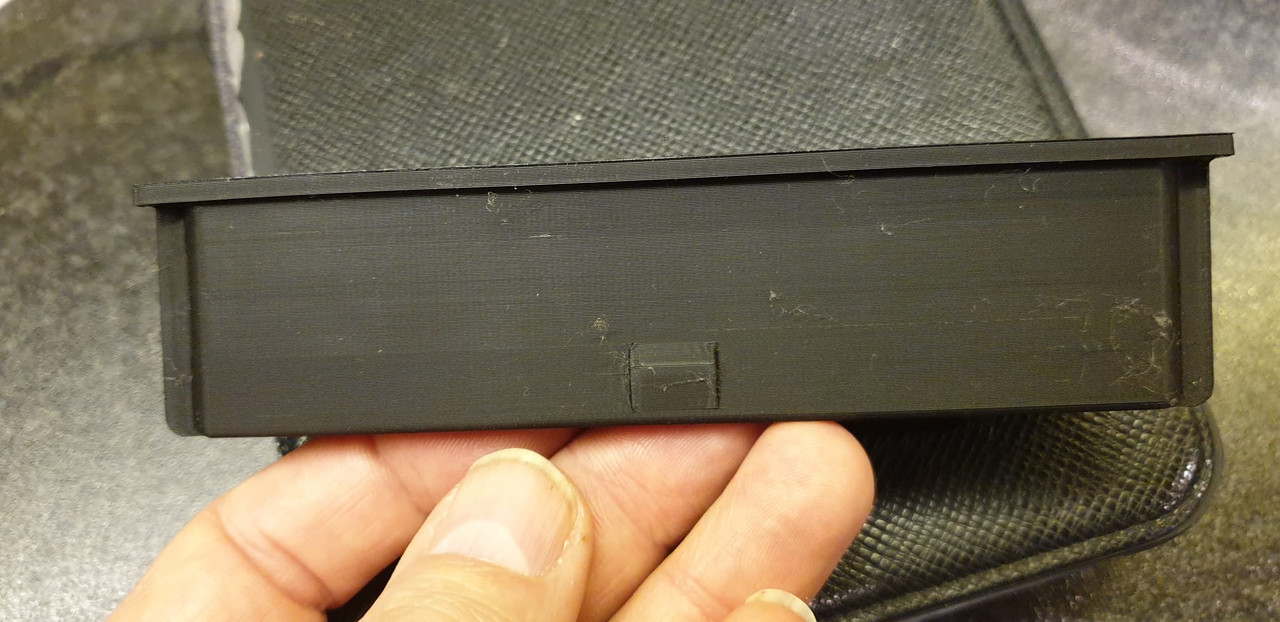
First "finished" version:
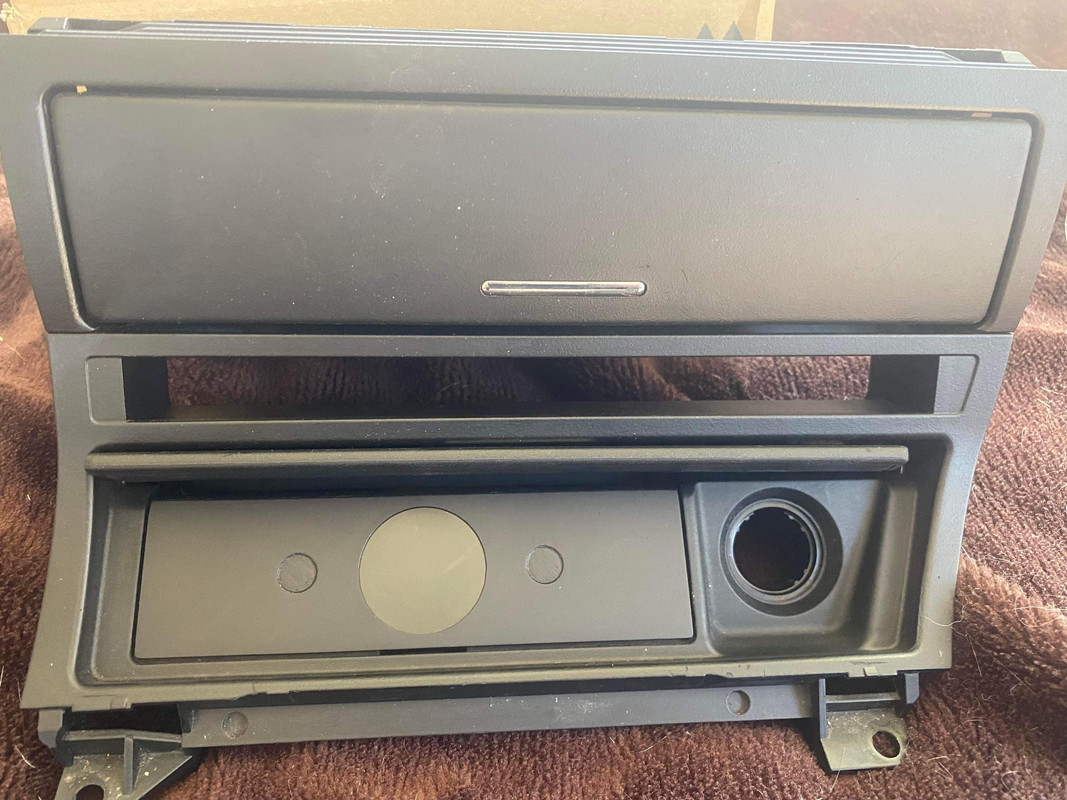
It was at this stage that I realised that we could easily also measure the gearbox and diff temperatures using the same gauge with just another couple of sensors. So the buttons you can see (touch sensitive items that pick up the electrical energy from your finger) on the panel are to cycle through the different monitoring parameters, as well as doing the peak recall for each of them. This peak is wiped clean every time the ignition is shut down, so that it only ever shows the peak temperature of that particular engine run-time cycle.
If you’re wondering about the sensors, we felt the easiest solution was to build these into the sump plug for the engine oil temp and the drain plugs for the gearbox and diff. Obviously this will mean that the time to fit these is at an oil change (unless you've got a quick hand and don't mind a little mess LOL).
The diff sensor was fed through the grommet in the boot (trunk
 ):
):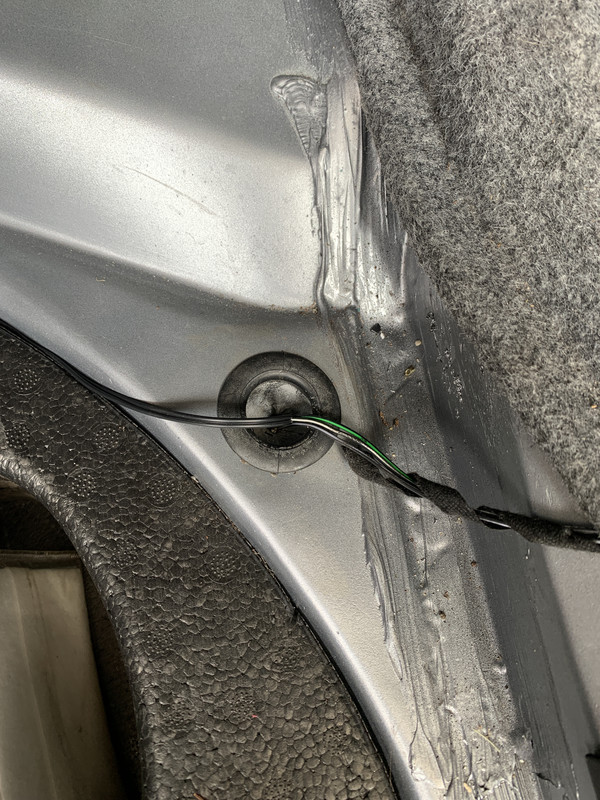
The sump and transmission sensors went through the grommet in the passenger footwell (RHD car) and come out exactly where you want them to (as if BMW had planned for it
 ):
):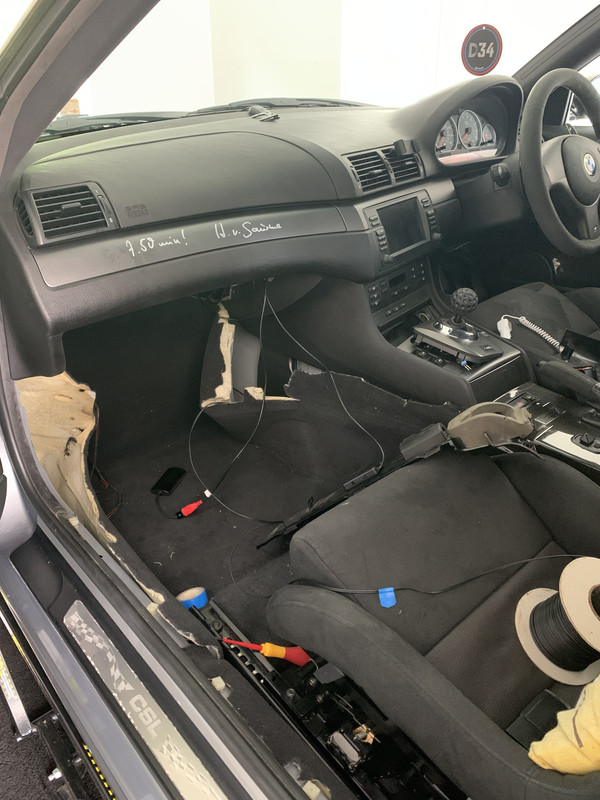
Sensors (on waterproof connectors so that they can be disconnected for draining the oils). Because the diff one is in a particular exposed area, this is also sealed for protection:
Diff:
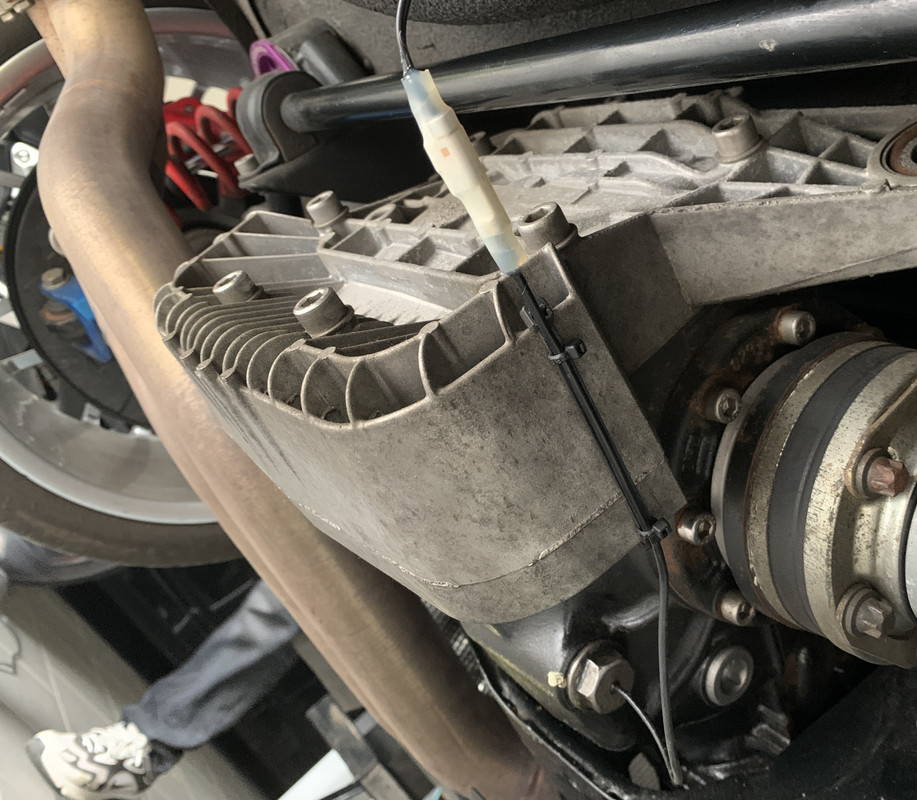
Transmission:
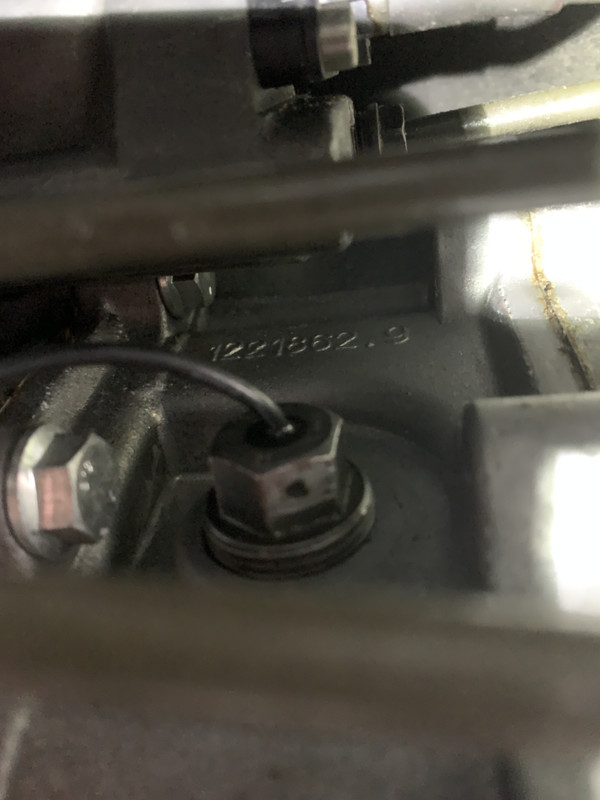
Sump:
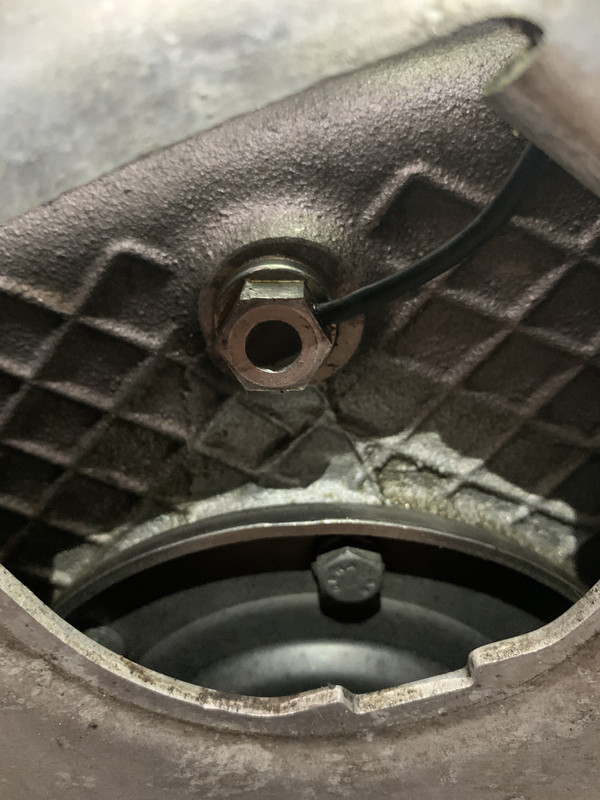
The opening of the ashtray panel turns the gauge on (and off), so you don’t have to have it running all the time and it even goes into night mode when the lights are turned on to ensure it mimics the dash.
Lights off:
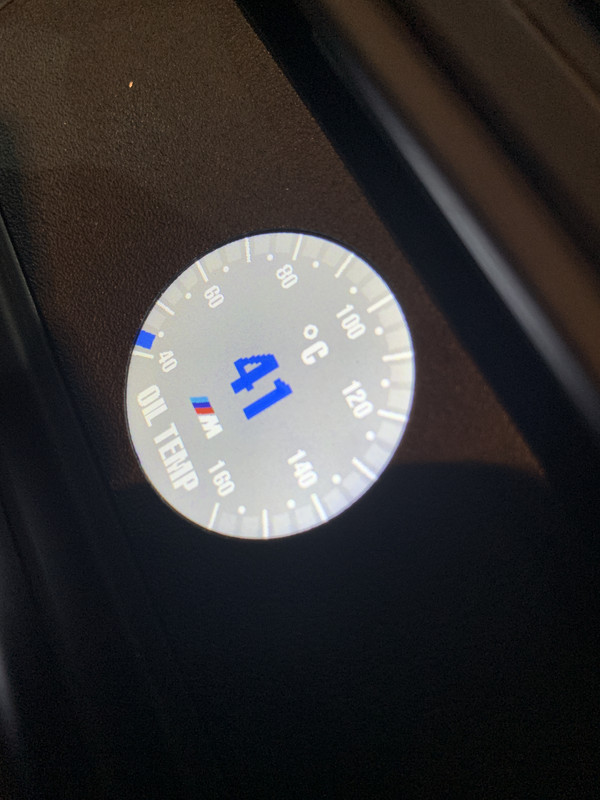
Lights on (the colours mimic the dash with the lights on, but the phone camera doesn't show that exaclty).

And here is a short video showing the various developmentt stages of the build and with the gauge in operation (be aware that the camera gets some glare back when filming directly head on, but is not what your eyes see. Once I realised, I tried to do another (which was more successful), but the temps were a lot cooler by then):
I'm not completely happy with the gauge yet, as I have realised that scrolling between the screens is a bit of a faf, so intend to make it three separate gauges (which should fit comfortably within the tray - and look nicer IMO). I also haven't tested it on track yet to see what temperatures it gets up to in extreme use, this will take place on 18th July and I will take some more video then. At present in the short amount of (road )testing done, the oil temps pretty much match the water temps (87°C / 188°F) and the transmission and gearbox oils never went much above 50°C (122°F) in the short journey I did. This was in a straightline cruising in 6th gear at around 85mph (and interestingly the diff and transmission practically matched each other as they warmed up, where it is just rotational friction heating up the oil - the true test will be on track).


 .
.




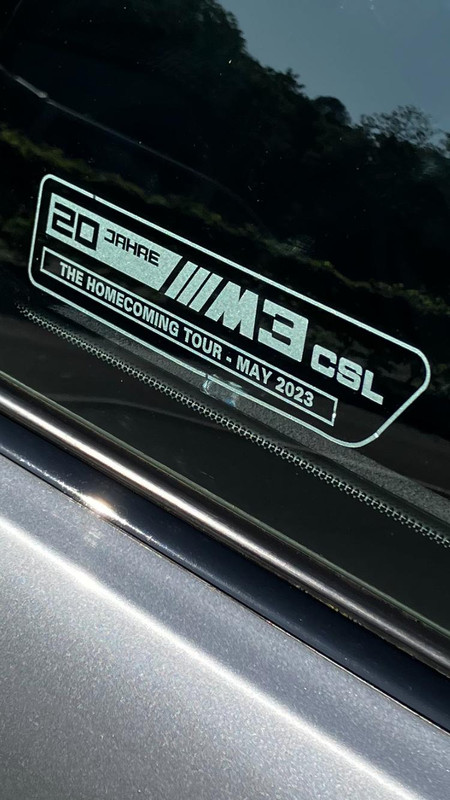

















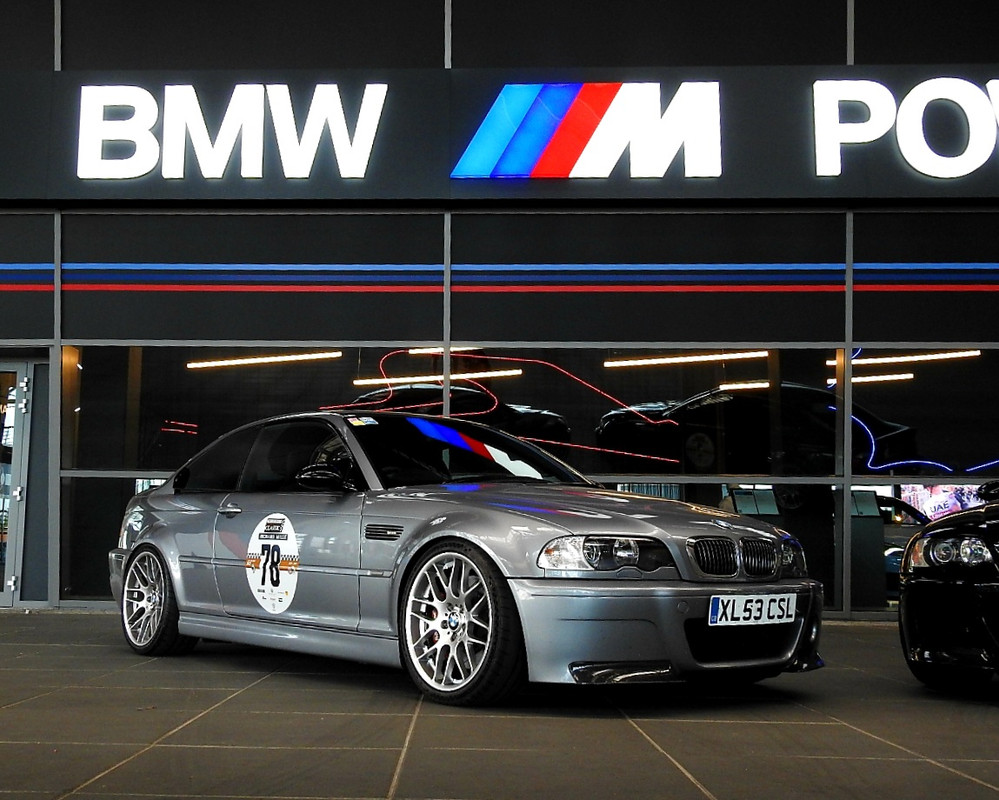
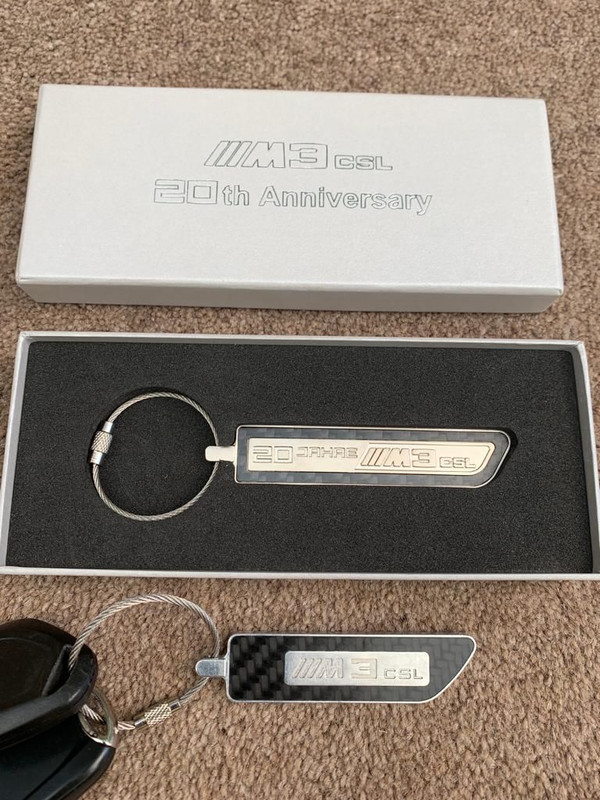







Leave a comment: